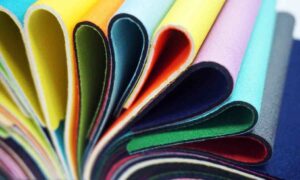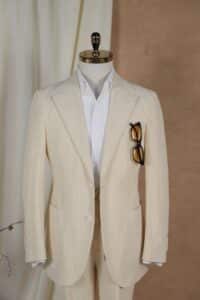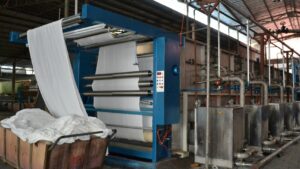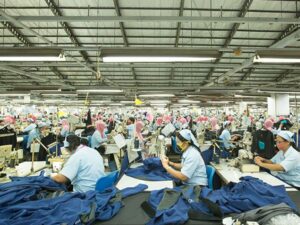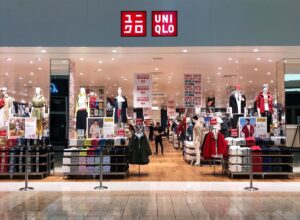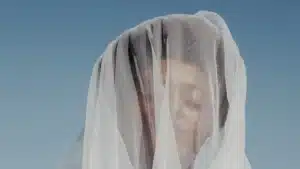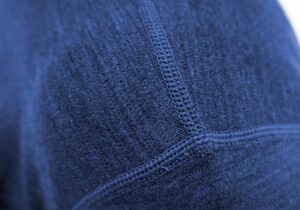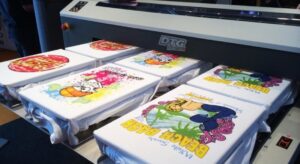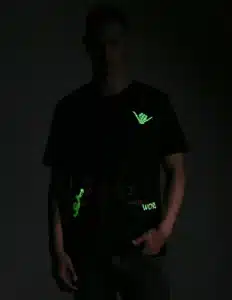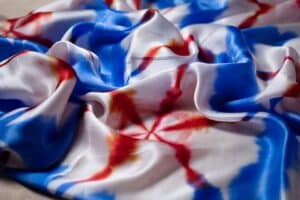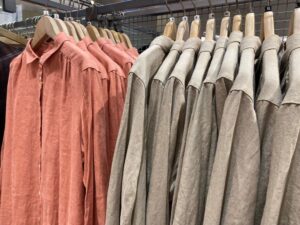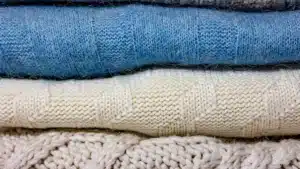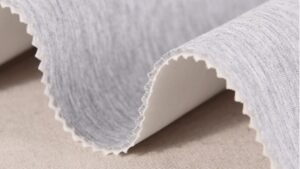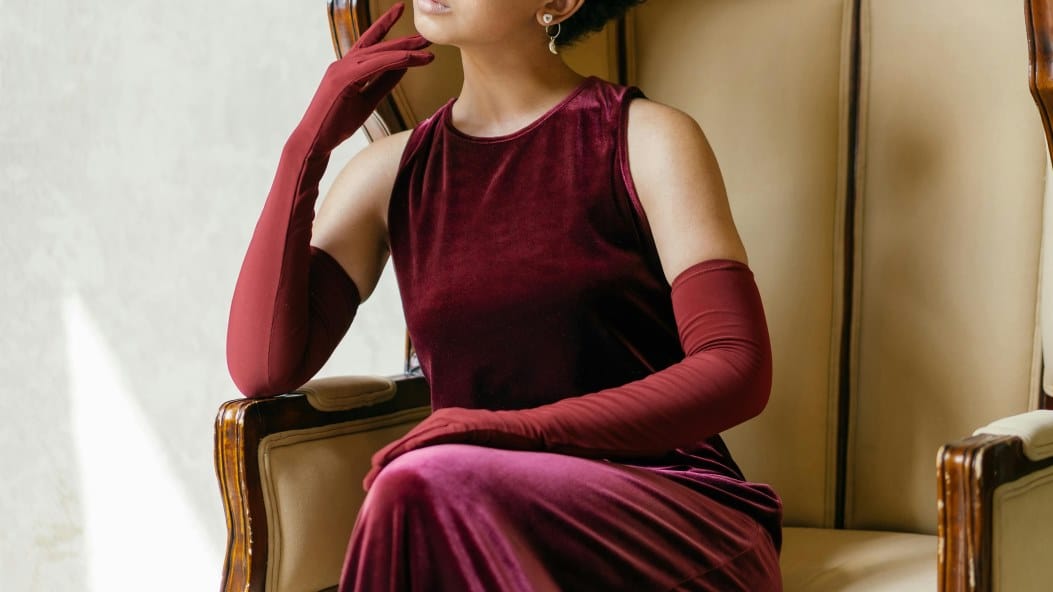
Velvet fabric, also known as Velour fabric, is one of the fanciest materials around. Its thick, soft fibers make it smooth and nice to touch. It also has a shiny look that makes it feel extra fancy. Velvet is popular in expensive clothes and home decorations. Around the world, people love velvet. By 2030, it could reach $9.09 billion, growing 11.6% each year. Velvet stays popular because it looks great and can be used in many ways.
Key Takeaways
Velvet is a fancy fabric known for being soft and shiny. It is often used in clothes and home decorations.
There are different kinds of velvet, like crushed, silk, and fake ones. Each type has special features, so you can pick what works best for you.
To take care of velvet, dust it often, clean it gently, and store it properly to keep it looking nice for a long time.
Velvet can be used in many ways, like making fancy clothes, decorating homes, or for party decorations.
Learning about velvet's past and features helps you see its worth and make smart choices when buying or using it.
What Is Velvet Fabric?
Definition and Origin
Velvet is a soft and fancy fabric with special qualities. It has been around for thousands of years. It first appeared in ancient Egypt and China around 2000 BCE. By the 4th or 5th century A.D., people in the Eastern Mediterranean learned how to make it. During the Renaissance in Europe, velvet became a sign of wealth and importance. Italian craftsmen, especially in Venice, improved how velvet was made. By the 1300s, places like Spain and England were also making velvet. It became a highly valued material across Europe.
Old records show velvet's unique pile structure was very admired. Some people who couldn't afford silk velvet used sheep wool to copy its look. This shows how velvet influenced both rich and everyday clothing styles in history.
In Chinese, we call Velvet or Velour as 天鹅绒 (tiān é róng) which literally means the swan's down.
Key Features That Define Velvet

Velvet is famous for its special traits that make it stylish and useful. Here are its main features:
Key Feature | Description |
|---|---|
Structure | Velvet has short fibers sticking up from its base. |
Appearance | It shines at certain angles and feels smooth to touch. |
Thickness and Weight | Velvet is thick and heavy, giving it a rich feel. |
3D Structure | Its fibers create a raised effect, making it look fancy. |
Specular Highlights | Its surface reflects light, adding to its elegant look. |
These features make velvet look and feel special. Its soft touch and shiny surface make it popular for clothes and home items. Velvet’s thickness and strength let it be used in many ways.
Unique Characteristics of Velvet
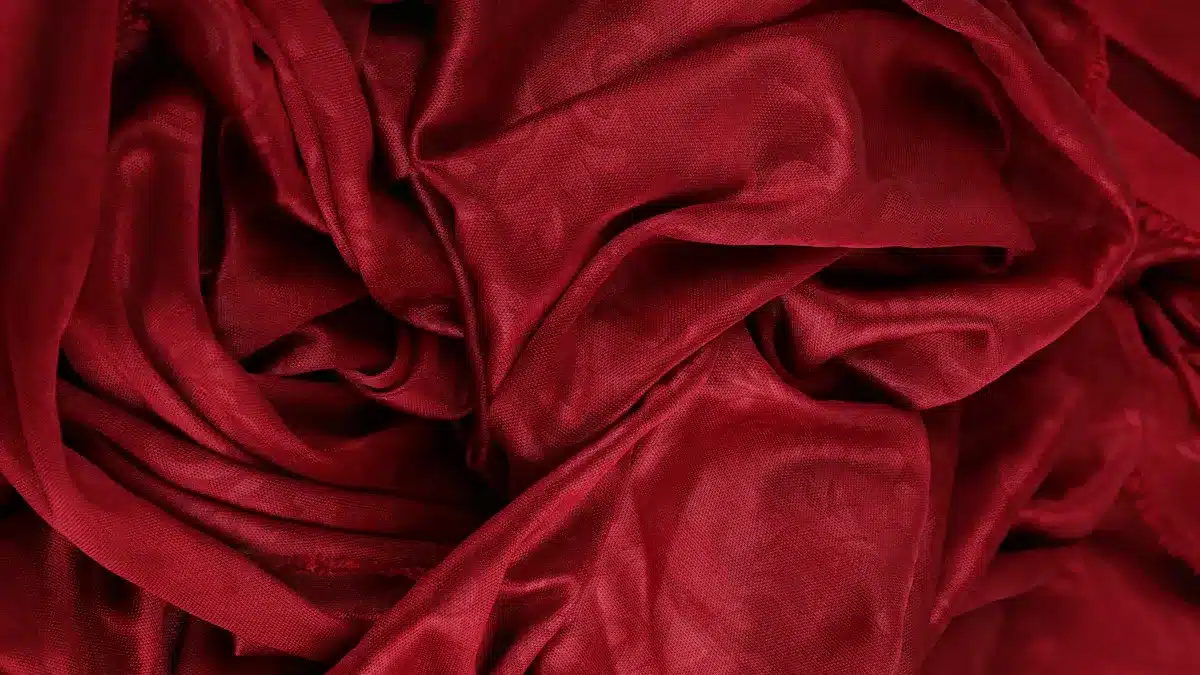
Softness and Texture
Velvet is known for being soft and cozy. Its smooth surface feels nice to touch. This softness comes from tiny fibers that stick up from the base. These fibers make velvet feel fancy and gentle on your skin. Scientists even use special tools to measure how soft velvet is. These tests show why velvet feels so good and is loved by many.
Velvet’s softness isn't just for touching; it makes it useful too. You can wear a velvet dress or sit on a velvet chair and feel comfortable. Velvet gives both luxury and coziness that few fabrics can match.
Shine and Beauty
Velvet shines in a way that makes it look rich. It reflects light, giving it a fancy and eye-catching look. Studies show that velvet's shine changes when it moves or folds. This makes it interesting to look at, whether it's on clothes or furniture.
Velvet's shiny surface also makes its colors look deep and bold. This is why it's often used in high-end fashion and home design. When velvet moves, its shine and rich colors make it stand out.
Strength and Versatility
Even though velvet looks delicate, it's quite strong. Modern treatments help it resist damage and last longer. Tests show that velvet stays soft and smooth even after years of use.
Velvet's strength makes it useful for many things. It's used in furniture, dresses, and more. Its mix of softness and durability makes it a great choice for people who want both style and practicality.
Characteristic | Description |
|---|---|
Rich Look and Feel | Velvet’s soft texture and fancy look make it great for furniture. |
Light Reflection | Velvet shines and shows deep colors, adding elegance. |
Durability | Velvet is strong and lasts a long time with good care. |
Multipurpose | Works well for furniture and other uses, adding a fancy touch. |
Affordability | Comes in both budget-friendly blends and expensive silk options. |
Different Types of Velvet Fabric
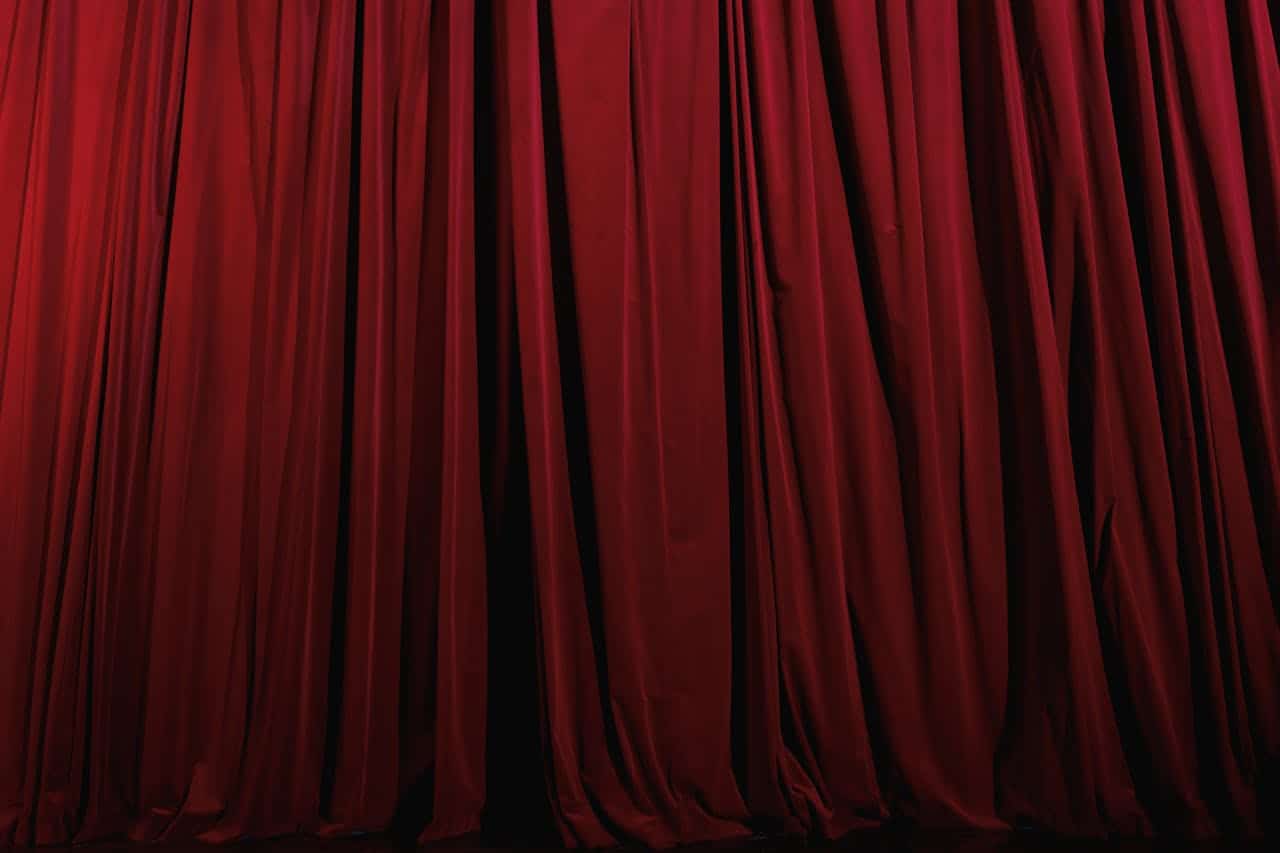
Velvet comes in various types, each with special features. Knowing these types helps you pick the best one for your needs.
Crushed Velvet
Crushed velvet has a wrinkled and shiny look. Makers twist the fabric while it's wet to create this texture. This gives it a unique pattern that reflects light in different ways. You’ll often find crushed velvet in stylish clothes like dresses and jackets. It's also used in home items like pillows.
This velvet feels soft and fancy but is also strong. Its textured surface hides small damage, making it good for everyday use. If you want a fabric that’s both stylish and tough, crushed velvet is a great pick.
Silk Velvet
Silk velvet is the most luxurious type. It's made from pure silk or a silk mix. This velvet feels super soft and looks very shiny. It’s popular in fancy clothes like gowns, scarves, and blouses.
However, silk velvet is delicate and needs careful care. It's not as strong as other velvets. You'll need to store and clean it gently to keep it looking nice. Even though it's fragile, its beauty makes it worth the effort.
Synthetic Velvet
Synthetic velvet is a cheaper option than natural velvet. It's made from materials like polyester, nylon, or rayon. It feels soft and shiny, similar to silk velvet, but costs less. You’ll see synthetic velvet in casual clothes and furniture covers.
One big benefit is its strength. Synthetic velvet resists stains and damage, so it's great for daily use. It's also easier to clean than silk velvet, which makes it very practical. If you want an affordable and useful fabric, synthetic velvet is a smart choice.
Stretch Velvet
Stretch velvet is a special kind of velvet. It mixes softness with stretchiness. Elastic fibers like spandex or lycra are added to it. These fibers let the fabric stretch and return to its shape. This makes it great for comfy and stylish clothes. Stretch velvet is often used in dresses, leggings, and dance outfits.
The stretch doesn't take away velvet's softness or shine. Instead, it makes the fabric more useful. Stretch velvet moves easily with your body. This makes it perfect for activewear or fancy event outfits. It fits well on different body shapes, giving a flattering look.
Stretch velvet is also strong and lasts a long time. The elastic fibers help it resist damage from frequent use. It's easy to care for and doesn't wrinkle much. If you want a fabric that's both elegant and practical, stretch velvet is a great pick.
Embossed Velvet
Embossed velvet is known for its pretty patterns. These designs are made by pressing the fabric with heat and pressure. This creates raised shapes or textures on the surface. The result is a unique and artistic look. It's popular for both clothing and home decorations.
You can find embossed velvet in jackets, bags, and furniture. The patterns can be flowers, shapes, or other designs. These add a fancy touch to any item. Even with its detailed look, embossed velvet stays soft and shiny.
Embossed velvet is not just about looks. It's also strong, so the patterns stay clear even after lots of use. Whether you're decorating your home or updating your style, embossed velvet is a stylish and lasting choice.
How Is Velvet Fabric Made?
Overview of the Weaving Process
Velvet is made using a special weaving method. Two fabric layers are woven at the same time on a special loom. These layers are then split apart and rolled up. This process gives velvet its soft and fancy feel.
The weaving method also decides the type of velvet. Vertical threads make regular velvet, while horizontal threads make velveteen, which is less soft. Silk velvet uses threads from silkworm cocoons. Synthetic velvet is made from man-made materials like polyester. After weaving, the fabric is dyed or treated to make it look better and last longer.
Step | Description |
|---|---|
1 | |
2 | Split the layers and roll them up. |
3 | Use vertical threads for velvet, horizontal for velveteen. |
4 | Spin silkworm cocoons into threads for silk velvet. |
5 | Make synthetic velvet from man-made materials like polyester. |
6 | Dye or treat the fabric to improve its look and strength. |
This careful process keeps velvet soft, shiny, and strong, making it useful for many things.
Materials Used in Velvet Production
The materials for velvet depend on its type. Silk velvet, the fanciest kind, uses threads from silkworm cocoons. It feels very soft and has a natural shine. Synthetic velvet is made from materials like polyester or nylon. It looks like silk velvet but costs less and is easier to care for.
Stretch velvet has stretchy fibers like spandex, making it flexible but still soft. Embossed velvet uses the same base materials but gets extra treatment to add patterns. Each material gives velvet its special qualities, like silk’s softness or synthetic blends' durability.
Differences Between Handmade and Machine-Made Velvet
Handmade velvet is crafted with great care. Skilled workers use old-style looms to make it. This gives each piece a unique look and feel. Handmade velvet often uses silk, making it fancy but needing gentle care.
Machine-made velvet is made on factory looms. This way is faster and cheaper, so more people can afford it. It often uses synthetic materials, making it stronger and easier to clean. While it doesn't have the handmade touch, it's still elegant and practical.
Both types have their benefits. Handmade velvet is for those who love fine details. Machine-made velvet is for those who want beauty and ease of use.
How Is Velvet Fabric Used?

Fashion Applications (Clothing, Accessories)
Velvet is important in fashion because it looks fancy. Its soft feel and shiny look make it great for stylish clothes and accessories. You can find velvet in dresses, jackets, and evening gowns. Designers also use it for scarves, bags, and shoes to add elegance.
Velvet's popularity in fashion keeps growing. This is because it mixes comfort with a classy appearance. Reports show more people want luxury fabrics like cotton velvet. This is due to higher incomes and fashion trends that bring velvet back in style.
Evidence Type | Description |
|---|---|
Demand for luxury and comfort | People want soft, fancy fabrics like cotton velvet. |
Fashion trends | Velvet becomes popular again with changing styles. |
Higher incomes | More money means people buy better fabrics like velvet. |
Velvet makes your outfits look better and works for many styles. Whether for a formal event or casual wear, velvet adds timeless beauty.
Home Decor (Upholstery, Curtains, Pillows)
Velvet makes homes look cozy and fancy. Its thick, soft fibers are perfect for furniture, giving it a rich feel. Velvet chairs and sofas are both beautiful and comfy. Velvet curtains block light well and add drama to any room.
Velvet pillows make spaces warm and inviting. They add texture and style to your home. Velvet is strong and keeps its nice look for a long time. But it needs care to avoid stains or crushed fibers.
If you want your home to look stylish, velvet is a great pick. It's both pretty and useful, making it a favorite for decorating.
Other Uses (Costumes, Event Decor)
Velvet is also used for costumes and event decorations. In plays, designers pick velvet for its rich look and feel. It helps make characters' outfits look special and elegant. Velvet is key in costume design to match the designer’s ideas.
For events, velvet adds a fancy touch. It’s used in tablecloths, chair covers, and backdrops at weddings or parties. Its shiny surface makes events look luxurious and memorable.
Whether for costumes or events, velvet is stylish and practical. Its classic charm makes it perfect for special occasions.
Caring for Velvet Fabric
Cleaning Tips for Velvet
Cleaning velvet keeps it soft and looking fancy. Dusting often stops dirt from settling in. Use a soft brush or vacuum with a dusting tool for furniture or curtains. This clears dirt without harming the fabric. A long synthetic brush is also good for hard-to-reach spots.
If velvet gets wrinkled, use a clothes steamer. Steam relaxes the fibers and keeps them smooth. Unlike irons, steamers don’t flatten velvet or ruin its shine. For curtains, gently wipe with a damp cloth to clean and refresh them.
Tip: Always test cleaning on a small hidden spot first.
Storing Velvet Properly
Store velvet carefully to keep it soft and undamaged. Choose a cool, dry place with no big temperature changes. Keep it out of direct sunlight to avoid fading.
Don’t let velvet touch wood, plastic, or acidic paper. These can harm the fabric. Wrap it in clean cotton or muslin cloth. If you must fold it, pad the folds to stop creases. For delicate items, roll them on cloth-covered tubes to keep their shape.
Note: Laying velvet flat avoids pressure and keeps it looking nice.
How to Handle Stains and Spills
Clean spills on velvet right away. The longer you wait, the harder it is to clean. Blot spills with a white cloth to soak up moisture. Don’t rub, as this can ruin the fibers.
Test any cleaner on a hidden spot first to check for color changes. Use ammonia solutions, enzyme detergents, or non-chlorine bleach for stains. For oily stains, try dry-cleaning solvent or paint remover. Follow product directions to avoid damage.
Tip: Quick cleaning and regular care keep velvet furniture looking great and luxurious.
Velvet fabric is a classic luxury material. It is loved for its softness and shiny look. People use it in clothes, home decor, and events. Its special features, like its glow and strength, make it useful and beautiful. Velvet works well for dressing up or decorating spaces. It always adds a fancy and timeless feel. This is why velvet stays popular in today's designs.
FAQ
What makes velvet different from other fabrics?
Velvet stands out because of its dense pile of short fibers. This structure gives it a soft texture and a shiny surface. Unlike flat fabrics, velvet has a three-dimensional feel that adds luxury to clothing and decor.
Can you wash velvet at home?
You can clean some velvet types at home, but always check the care label first. Use a gentle hand wash or a delicate machine cycle. Avoid wringing or twisting the fabric. For delicate velvet, professional dry cleaning is the safest option.
Does velvet fade over time?
Velvet can fade if exposed to direct sunlight for long periods. To prevent this, keep velvet items away from windows or use UV-blocking curtains. Proper storage in a cool, dark place also helps maintain its vibrant color.
Is velvet suitable for all seasons?
Velvet works best in cooler seasons due to its thick and warm texture. However, lightweight velvet blends can be worn in warmer months. Choose breathable options like cotton velvet for year-round comfort.
How do you remove wrinkles from velvet?
Use a clothes steamer to gently remove wrinkles. Hold the steamer a few inches away from the fabric to avoid damage. Never use a hot iron directly on velvet, as it can crush the fibers and ruin the texture.
Tip: Always test cleaning or steaming methods on a small, hidden area first.

